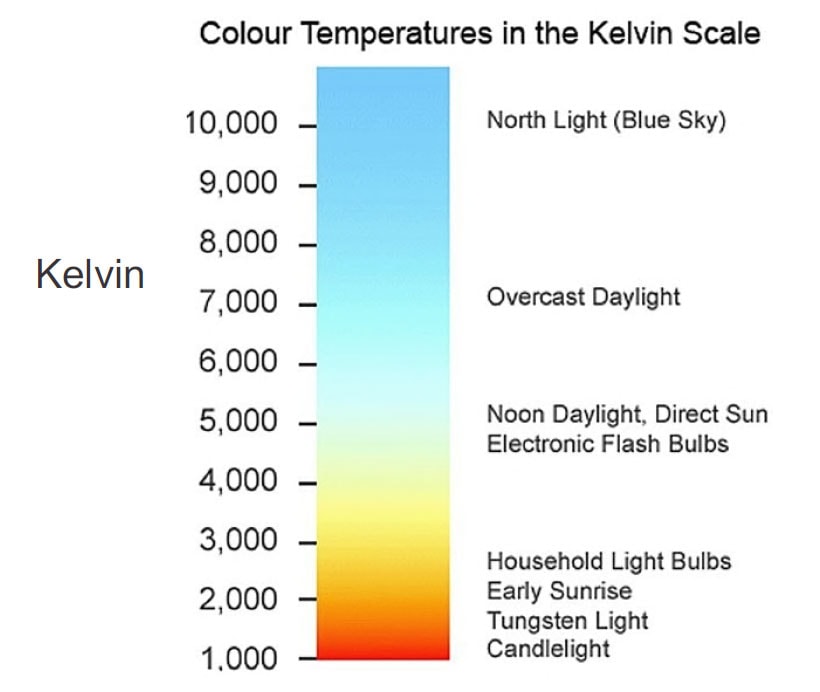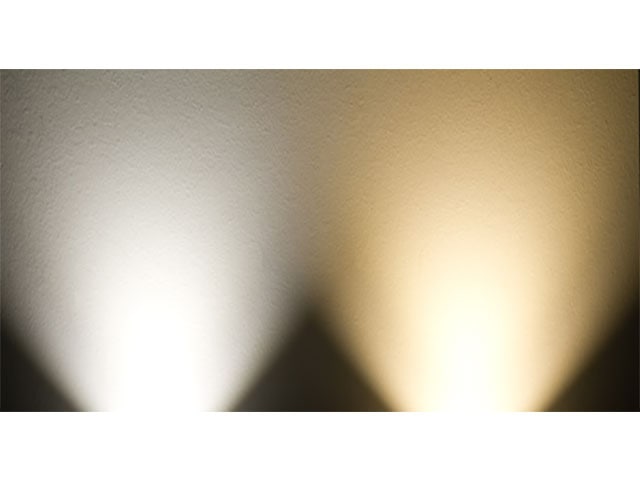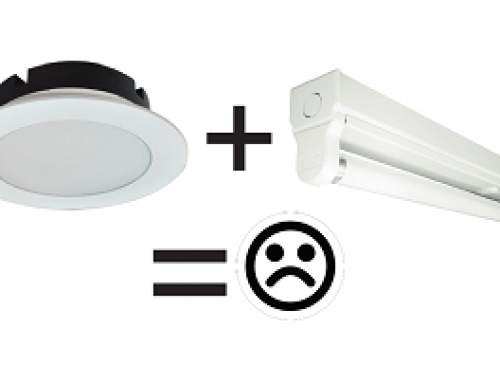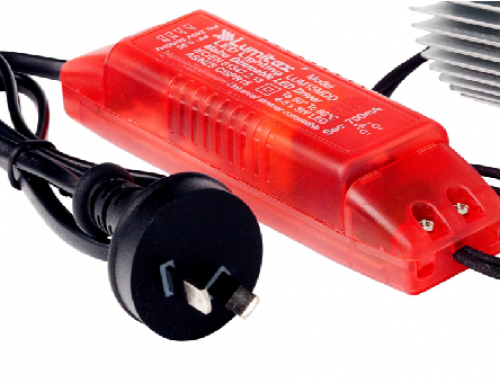Colour temperature is a description of the warmth or coolness of a light source. The Kelvin (K) is a unit of measurement for colour temperature.
A practical way to demonstrate colour temperature is by example. A candle produces a warm glow with a yellow/orange appearance and produces this light at around 1850 Kelvin. In contrast, incandescent lamps are 2700K, halogen 3000K, moonlight 4150K and daylight around 5500 Kelvin.
LED lighting is commonly available as 3000K (warm), 4000K (cool) and 5000K (daylight).
4000K appears as a “cool white” light when viewed on its own, but when compared to a 5000K light, 4000K looks to contain some yellow. It is not as stark white (cold looking) as 5000K.
A 3000K LED light has a larger mix of yellow, but still not nearly as yellow looking as a halogen lamp, which is commonly 2700K.
A few years ago 5500K was frequently sold for residential lighting purposes, but today this is not a popular choice due to the stark appearance.
4000K is still a nice “white” light if this is the desired effect, but 3000K remains a popular choice for residential use.
4000K used in bathrooms above white vanity basins looks spectacular. 4000K is also commonly specified in commercial applications.
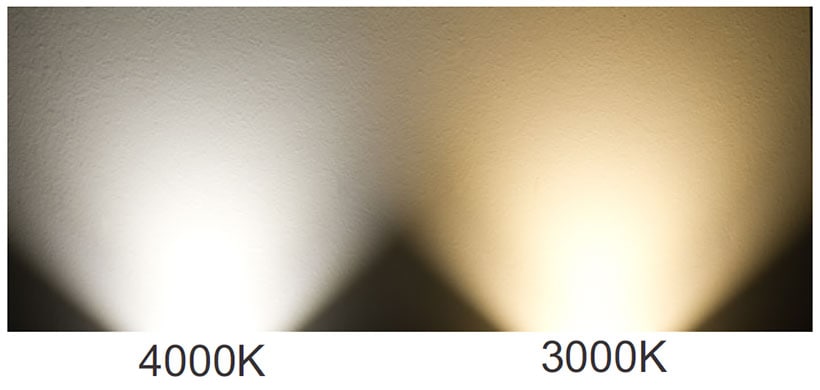
3000K is warm, inviting and invokes a feeling of relaxation, perfect for the home environment. 5000K suppresses our release of the Melatonin, and is therefore known to help keep us awake. Consequently, higher colour temperatures can be a good choice for working environments where
being alert is a critical safety issue.
The psychology of colour and how it affects our emotions is well documented and may be worthwhile researching if you are not clear on what LED colour temperature to buy.
Colour is subjective and we are all different, so the good news is that with LED you can get exactly what you want.
